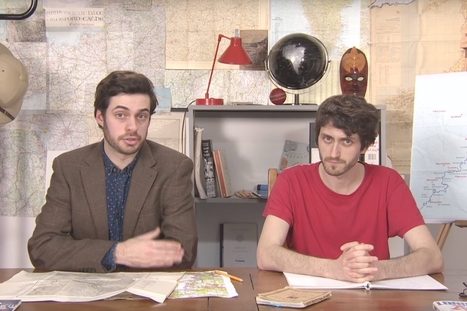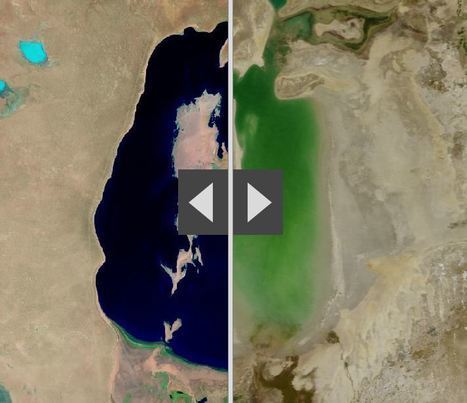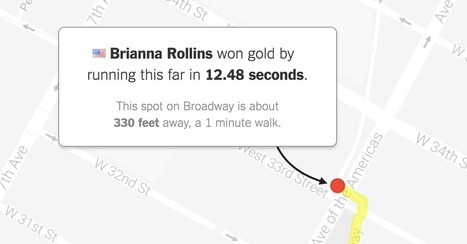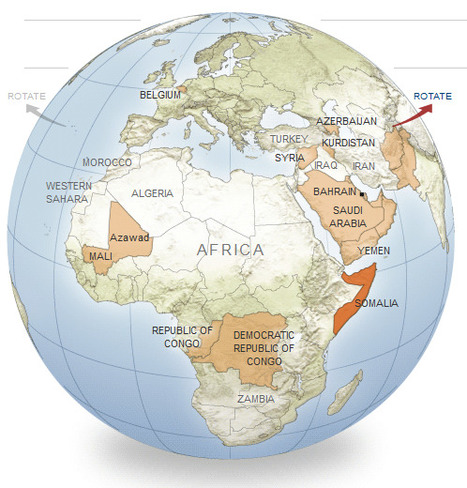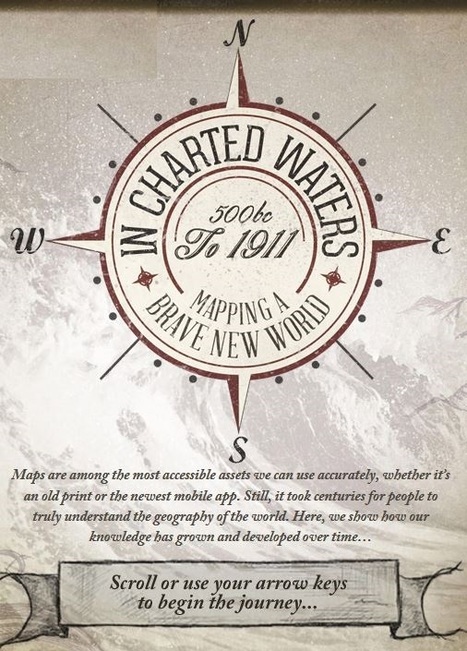"Pisa tests, an international standard for comparing education systems around the world, could include a new measurement of global skills in the next round of tests in 2018. The OECD, which runs the tests in maths, reading and science, is considering adding another test which would look at how well pupils can navigate an increasingly diverse world, with an awareness of different cultures and beliefs. The OECD's education director Andreas Schleicher explains why there is such a need for new rankings to show young people's competence in a world where globalisation is a powerful economic, political and cultural force.
Education leaders around the world are increasingly talking about the need to teach 'global competences' as a way of addressing the challenges of globalisation."



 Your new post is loading...
Your new post is loading...



